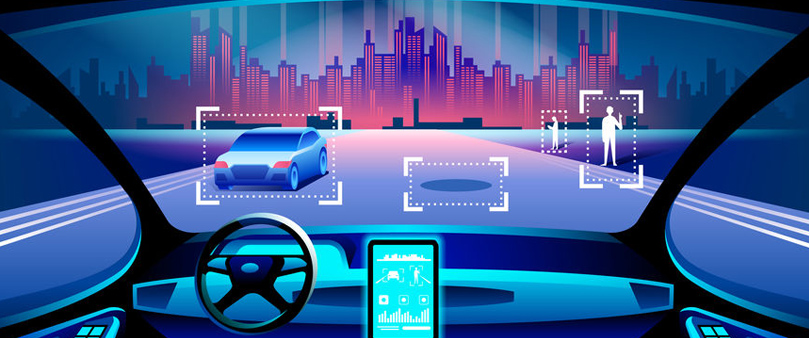
Self-driving cars in Britain
We’re now just two years away from the date when Chancellor Philip Hammond said he hoped to see self-driving cars on our roads.
He told the BBC in 2017 he aimed to see them in use by 2021, adding: “Some would say that’s a bold move, but we have to embrace these technologies if we want the UK to lead the next industrial revolution.” Two years previously, the government had announced £20 million of investment into the technology.
But will self-driving cars really be with us so soon, or are much greater developments needed to make them viable? Technology website Alphr said in October that driverless cars are “much further away than we might think”, and that manufacturers must tackle “a range of technical and ethical challenges”, adding: “Until these problems are solved, fully autonomous cars will pose a dangerous risk.” Charlie Henderson, a partner in technology consultancy PA Consulting Group, told the website it would be a decade before driverless cars appeared in significant numbers.
The leap from partial to full automation
Partial automation is already pretty common, and has been for a few years. If you have a car which helps you steer into a parking space, or sensors that help you avoid a crash, you’ve got a car that’s partly automated. But to make the leap from there to cars which don’t need a driver at all, a number of issues would need to be addressed.
Instead of a brain, eyes and ears, self-driving cars use sensors to detect what’s happening around them. The Google Car prototype, for example, has a camera looking through the windscreen, a rooftop camera that uses lasers to measure the distance between objects, radar on the bumper (already in use in some cars’ cruise control systems), a GPS aerial, altimeters, gyroscopes and more.
But it’s wrong to think that self-driving cars are immune from error – theirmistakes are simply of a technological rather than a human kind. There’s the obvious potential for the technology to just malfunction, but like a person, it can also be affected by its environment –bright sunlight or bad weather could interfere with the camera, for example. What happens when a road sign is obscured or difficult for the camera to read? Missing a stop sign, obviously, could have fatal consequences. And what does the car do at broken traffic lights?
A connected network
Christoph Reifenrath, senior technology marketing manager in the infotainment division of Harman, who make in-car technology, told Alphr that there needs to be connectivity between cars, and between cars and an overall monitoring system, enabling vehicles to receive up-to-the-minute data about what’s going on around them. For example, a car could tell the vehicle behind that it was about to change lanes, and a vehicle could receive information about road and traffic conditions and recommendations on what to do – for example, increasing its distance from the car in front in bad weather. In 2018, a group of German car manufacturers bought a majority stake in Nokia’s Here mapping service, with the aim of using it for just such a system.
There’s also the tricky matter of other people. To some extent, people can interpret and understand the behaviour of others and can choose how they deal with it, using instincts and judgment that a machine cannot possess. What happens, for example, at a zebra crossing?
And you’re in an accident with a driverless car, and you don’t think it’s your fault, then whose is it?
If your company is involved in groundbreaking technological research, you could be eligible for the research and development tax credits scheme. At R&D Tax Solutions, we specialise in helping companies make successful claims. Have a look at our r&d tax credit calculator to see how much you could be eligible for.





